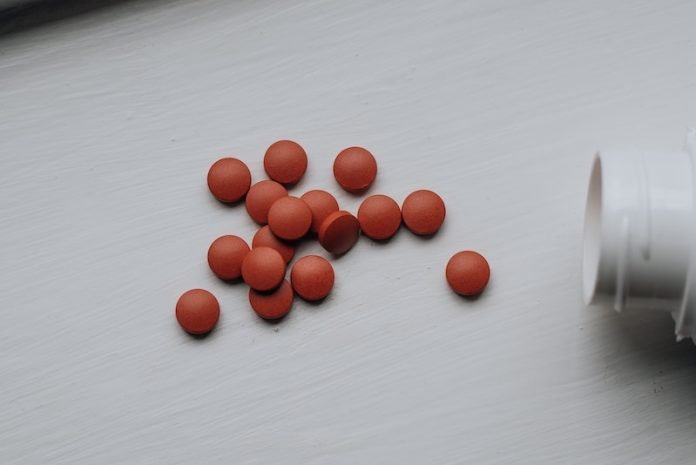
There are different types of drugs that doctors use to treat heart failure.
Two of these types are called SGLT2 inhibitors (SGLT2i) and mineralocorticoid receptor antagonists (MRAs).
SGLT2 inhibitors are a newer type of drug and are generally more expensive than MRAs.
The Big Question: Are More Expensive Drugs More Effective?
The authors of an article in the journal Cardiovascular Innovations and Applications wanted to know whether the more expensive SGLT2i drugs are more effective in treating heart failure than the cheaper MRAs.
They also wanted to know whether the extra cost of SGLT2i drugs is worth it. This is known as a cost-effectiveness analysis.
How They Did the Study
The researchers looked at data from five big clinical trials.
They calculated the risk-ratio (RR) for three outcomes: a combination of cardiovascular death or hospitalization due to heart failure (CV death-HHF), all-cause mortality, and heart failure hospitalization (HHF) for both types of drugs.
A risk-ratio is a measure of the probability of an event happening in one group compared to another.
They also developed a model to simulate how heart failure would progress over five years. They used this to calculate the cost per quality-adjusted life-year (QALY) gained.
QALY is a measure used in health economics to understand the value for money of a medical intervention.
The Results
The results were surprising. The researchers found that both types of drugs provided similar benefits to the patients. But, when they looked at the cost and the quality of life gained, the MRAs came out ahead.
Over five years, MRAs were associated with lower cost ($63,135.52 vs. $80,365.31) and more QALYs gained per patient (2.53 versus 2.49) than SGLT2i.
This means that patients who took MRAs lived slightly longer and had a better quality of life for less money.
The incremental cost-effectiveness ratio (ICER), which is a measure of the cost-effectiveness of a treatment, was also in favor of MRAs.
The ICER for SGLT2i versus MRAs was -$172,014.25 per QALY. This means that it would cost an extra $172,014.25 to gain one quality-adjusted year of life by using SGLT2i instead of MRAs.
The Conclusion
The authors concluded that although MRAs and SGLT2i provide similar benefits, MRAs are a more cost-effective treatment for heart failure.
So, in this case, the more expensive drug does not appear to be worth the extra cost. This study might help doctors and patients make more informed decisions about which drug to choose for heart failure treatment.
If you care about heart failure, please read studies about diabetes drug that could revolutionize heart failure treatment, and this drug can be a low-cost heart failure treatment
For more information about heart health, please see recent studies that exercise in middle age reversed worrisome heart failure, and results showing this drug combo can cut risk of stroke and heart attack by half.
The study was published in Cardiovascular Innovations and Applications.
Copyright © 2023 Knowridge Science Report. All rights reserved.




